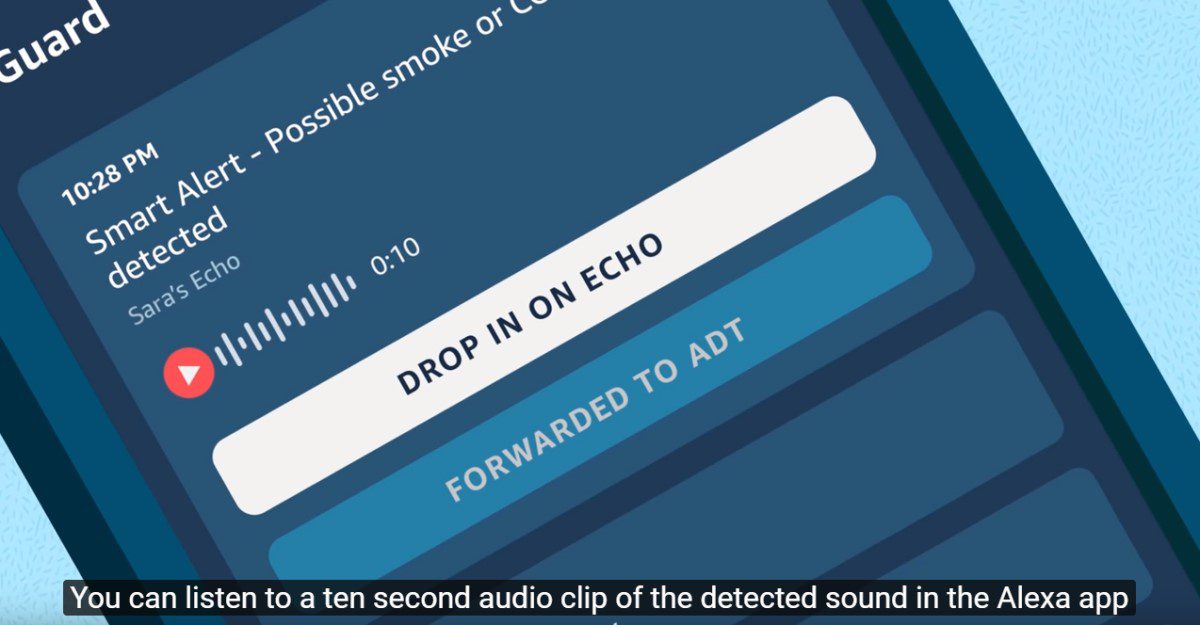Owners of Echo voice-assistant speakers can now utilize the new Alexa Guard security and smart home feature, which Amazon began rolling out Tuesday.
In Beta trials since September 2018, Alexa Guard turns Amazon’s smart speakers into audio-analytics machines, recognizing and reacting to three distinct sounds (for now): smoke alarms, carbon monoxide alarms, and breaking glass.
The service is now available to all Echo customers in the United States. Users with ADT (NYSE: ADT) or Ring professional monitoring can set it up to forward alerts to alarm central stations.
Alexa Guard is free but needs to be manually activated by users. It works like other sensors in a security ecosystem.
Upon set up, users can say “I’m leaving” to switch to Away mode and activate the alarm-listening feature.

2024 Lighting Controls and Fixtures Report
Lightapalooza took place in late February, and the growth of the event has mirrored the rapid ascension lighting fixtures and controls.Download your copy now!
Users can say “I’m home” to switch Alexa Guard to Home mode. Users can also toggle between modes in the Guard section of the Alexa app.
Alexa Sends “Smart Alerts” to Users
Amazon recommends placing at least one Echo device in each room or space that is intended to be monitored by Alexa Guard for detectable sounds. To improve the performance of Guard, the Echo devices should be placed in close proximity to smoke detectors, CO detector or the glass that is to be monitored.
Read Next: ADT Ends Pulse, Adds Command & Control, Pauses Alexa Guard, Plots DIY
If an Echo device detects a selected sound, Alexa will send a “smart alert” to a user’s smartphone to notify which sound was detected, along with a 10-second audio clip of the event. Users can play the detected sound from the Alexa app or access the Echo devices remotely to listen to what’s happening in real time in the home.
In Away mode, ADT customers can choose whether to automatically forward smart alerts to ADT’s monitoring center so agents can take action on their behalf, or manually forward the alerts on a case-by-case basis.
With the user’s permission, central station operators can review audio clips, verify an alarm and call the customer to see if emergency dispatch is required.
Ring Alarm customers can request dispatch of emergency responders if they have professional monitoring with Ring Protect Plus.
Related: Amazon’s New Alexa Guard: Huge Implications for Sound Recognition in Security
This article originally appeared on CE Pro’s sister publication Security Sales & Integration‘s website.
If you enjoyed this article and want to receive more valuable industry content like this, click here to sign up for our digital newsletters!





